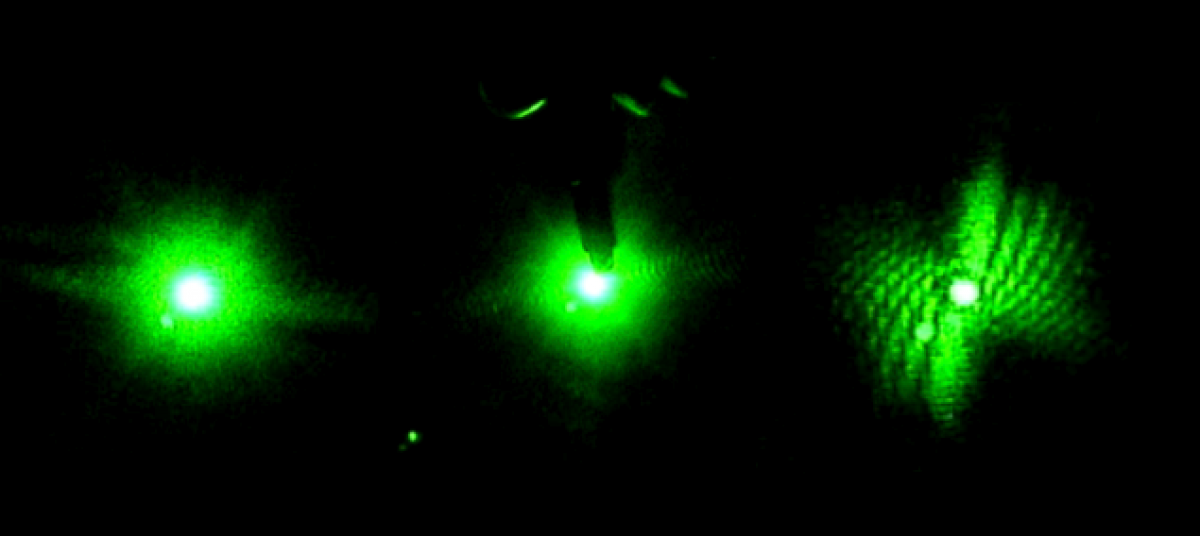In physics the phase problem is the name given to the problem of loss of information concerning the phase that can occur when making a physical measurement. The name itself comes from the field of x-ray crystallography, where the phase problem has to be solved for the determination of a structure from diffraction data.
The phase problem is also met in the fields of imaging and signal processing. Various approaches have been developed over the years to solve it.
More specifically, we know that light detectors can only measure the intensity of light. However, light doesn’t only comprise of intensities. The phase information that light carries is also very important for various analytic purposes. For example, these phase information are crucial to calculating the distance between Braggs planes. Thus, methods have been developed to retrieve this information.
1) Guessing Structures: A structure can be approximated and the phase information of the diffraction pattern of this guessed structure is added to the experimental pattern (without phases). Then, this augmented pattern can then be Fourier transformed to return the real original structure. We can use this for more basic shapes of C. Elegans.
2) Direct Methods: For a crystal, if we assume it is made up of similarly-shaped atoms that all have positive electron density, there will be statistical relationships between sets of structure factors (resulting diffraction pattern including phase info). These statistical relationships can be used to deduce possible values for the phases. Direct methods exploit such relationships, and can be used to solve small molecule structures.
3) Multiple isomorphous replacement: A change will be made to the original structure so that it will perturb the resulting patterns and, by the way that these patterns are perturbed, some deductions can be made about possible phase values.
4) Phase Oversampling: Oversampling is developed originally to avoid aliasing by taking more samples (more k-space lines with the same overall k-space coverage). More recently, it’s been suggested that sampling the diffraction pattern of a finite specimen more finely than the Nyquist frequency (the inverse of the size of the diffracting specimen) can help retrieve phase information. This is the method that we will most likely use for more complicated shapes of C. Elegans.
Other methods that are less related to sampling objects but more related to crystallography include Anomalous Dispersion, Molecular replacement, Patterson Function and so on.
A few interesting references sources include:
Phase Problem: http://www-structmed.cimr.cam.ac.uk/Course/Basic_phasing/Phasing.html
Pictorial 2-D Transforms: http://www.ysbl.york.ac.uk/~cowtan/fourier/fourier.html
